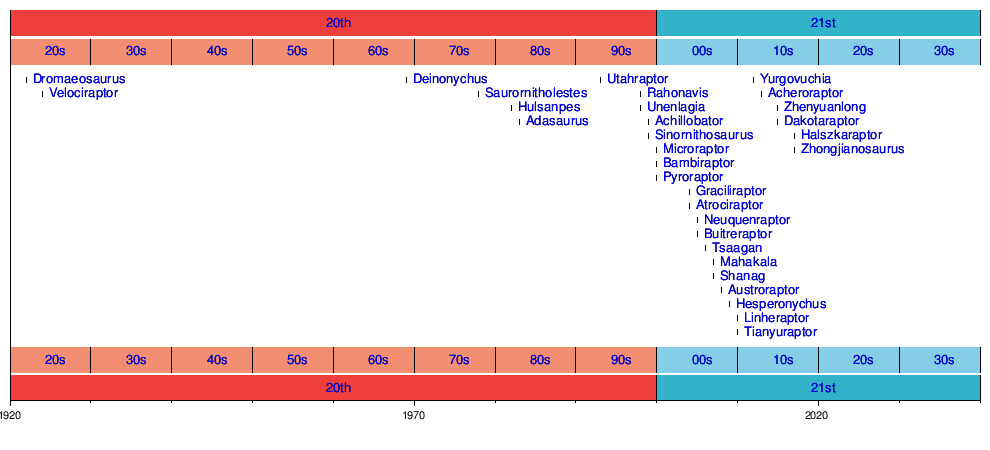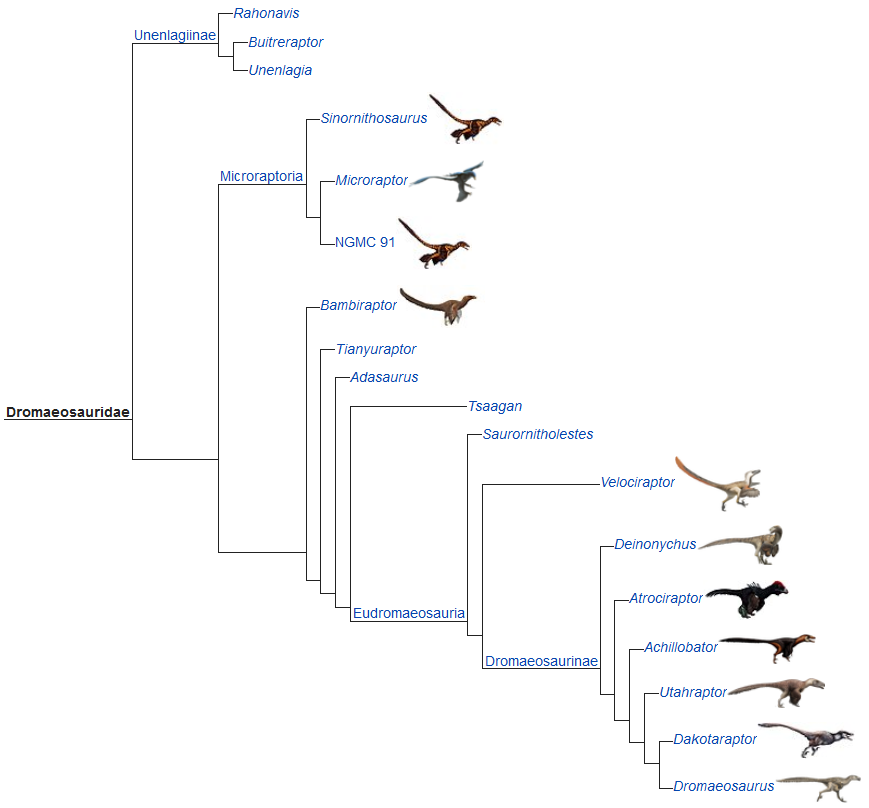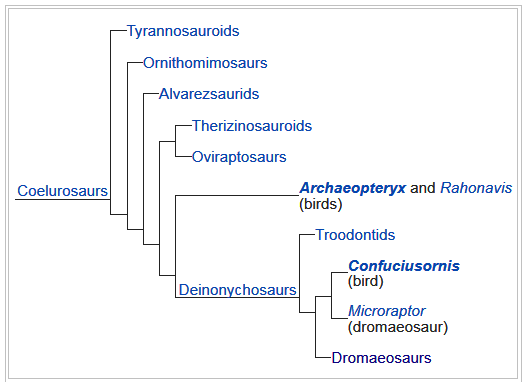
A new carnivorous feathered dinosaur, coyote-sized with razor-sharp teeth and claws, has been discovered in New Mexico’s San Juan Basin. The small but formidable predator called Dineobellator would have stalked these open floodplains 70 million years ago.
Steven Jasinski, a paleontologist at the State Museum of Pennsylvania and lead author of the study in Scientific Reports, says Dineobellator is a new species from the Late Cretaceous (70-68 million years ago) that belongs to dromaeosaurid, a group of clawed predators closely related to birds. These rare fossils have features that suggest raptors were still trying out new ways to compete even during the dinosaurs’ last stand—the era just before the extinction event that wiped them out 66 million years ago. “This group was still evolving, testing out new evolutionary pathways, right at the very end before we lost them,” Jasinski notes.
Dineobellator’s unusual features include its forelimbs, which appear to be an uncommon shape that would have maximized muscle power to make them very strong, a trait Jasinski suggests was accentuated by claws on both hands and feet. “Their grip would have been far stronger than what we see in the other members of this group,” he says.
Fossils from the animal’s tail also suggest an intriguing anatomy. Most similar dinosaurs have stiff tails reinforced with bones or tendons that would have helped with balance and aided running. “What these animals have … is a lot of mobility at the base of the tail where it attaches to the hips,” Jasinski says. “If you think about how a cheetah attacks, their tail is whipping all over the place because they have to change directions very quickly so it increases agility. That’s what this animal would have been able to do, that others in its group would not. It makes this animal agile and a very good pursuit predator.”
Other excavations have given scientists a reasonably good idea of the menagerie of animals that shared Dineobellator’s ecosystem, an open floodplain habitat in modern-day New Mexico that was growing increasingly distant from the receding shoreline of the Western Interior Seaway.
Ojoceratops, a horned beast very much like Triceratops, was fairly common as was long-necked sauropod Alamosaurus. “We have evidence of a small tyrannosaurid, something like T. rex but considerably smaller,” Jasinski says. “There are duck-billed dinosaurs, hadrosaurids, that are relatively common, there are lots of turtles, crocodilians have been common all over the place, and evidence of early birds there as well that would have been living with this thing.”
https://www.smithsonianmag.com/science-nature/dineobellator-dinosaur-new-mexico-180974511/



